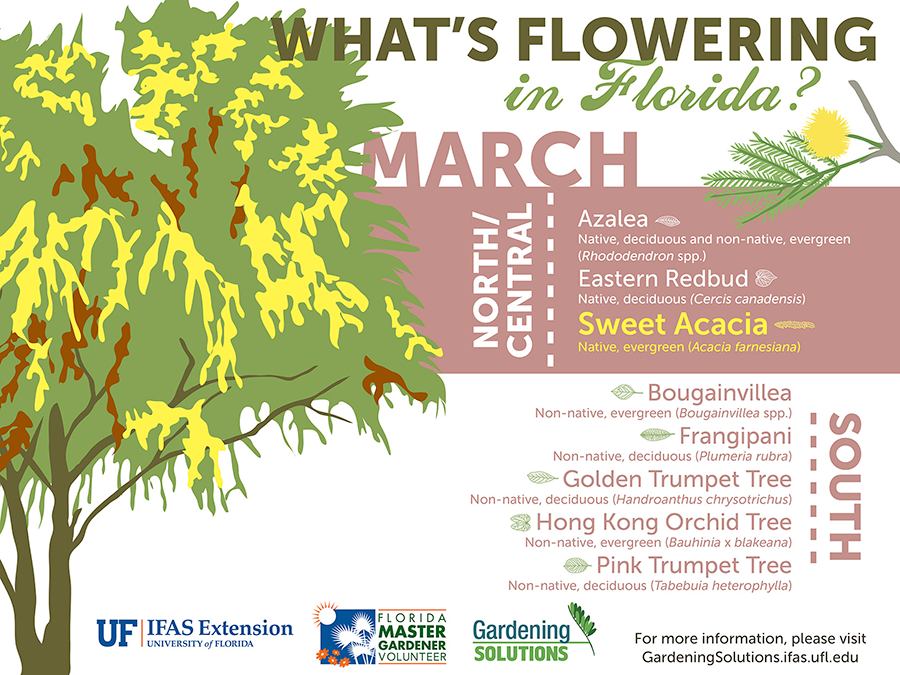Seasonal Tree Upkeep: Standards For Handling Trees Prior To And After They Are Removed
Seasonal Tree Upkeep: Standards For Handling Trees Prior To And After They Are Removed
Blog Article
Material Written By-
When it pertains to seasonal tree treatment, making sure correct monitoring prior to and after elimination can considerably influence the health and wellness and looks of your landscape. By understanding the essential steps involved in analyzing tree wellness and preparing for removal, you can proactively guard your property. Yet what about the critical techniques to adhere to as soon as the tree is gone? Keep tuned to find the essential post-removal treatment measures that will certainly assist you grow a successful and sustainable setting for your trees.
Pre-Removal Tree Care
Before addressing the elimination of a tree, it's crucial to prioritize pre-removal tree care. Start by examining the tree's health and architectural stability. Seek signs of disease, insect invasions, or any type of architectural concerns that may present a safety hazard throughout elimination. It's essential to talk to a licensed arborist to determine the best strategy.
Pruning dead or infected branches can protect against additional damage to the tree and make sure a smoother elimination procedure.
Furthermore, think about https://how-long-for-tree-roots-t39516.bloggip.com/30322279/grasping-tree-trimming-crucial-tips-for-a-much-healthier-landscape of removing the tree. Trees play an important duty in our ecosystem, so planting a brand-new tree in an ideal location can assist counter any type of loss. Make certain that you have the required permits and consents for tree elimination, specifically if the tree is protected by regional regulations.
Seasonal Upkeep Tips
Assessing your tree's requirements throughout the year is vital for its health and wellness and longevity. To maintain your trees in leading problem, follow these seasonal maintenance pointers.
In springtime, focus on pruning to eliminate dead or broken branches and motivate brand-new development.
Summer season asks for normal watering, specifically during dry spells, to ensure your tree remains hydrated.
As fall approaches, watch out for very early signs of condition or stress, and consider using compost to protect the roots during winter.
In winter season, beware when getting rid of snow from branches to prevent breakage, and continue to monitor your tree's overall health and wellness.
Bear in mind to adjust your treatment regular based upon the particular requirements of your tree types and regional environment. By remaining attentive and positive throughout the periods, you can assist your trees flourish and flourish for several years to come.
Post-Removal Tree Care
To ensure the health of your landscape even after tree removal, proper post-removal treatment is necessary. After a tree is removed, it's important to fill up the staying hole with topsoil and small it to stop settling. This will certainly help keep the honesty of the ground and stop prospective risks in the future.
Consider growing new plant life in place of the removed tree to bring back the equilibrium and looks of your landscape. Routinely water the location to advertise the growth of new plants and protect against dirt disintegration.
Read More Here bordering trees for any indications of disease or stress that may have been triggered by the gotten rid of tree. Watch out for parasites that could've been drawn in to the previous tree and take safety nets to shield the staying plants.
If necessary, speak with a professional arborist to assess the impact of the removal on the surrounding trees and determine any kind of additional treatment needed. By following these post-removal treatment steps, you can ensure the ongoing health and wellness and elegance of your landscape.
Verdict
Finally, positive seasonal tree treatment is important for maintaining the health and wellness and balance of your landscape. By analyzing tree health, pruning, and talking to an arborist before elimination, you can make certain a safe procedure. After elimination, filling the hole, planting new vegetation, and routine watering will certainly promote new growth and protect against erosion. Remember to check bordering trees for condition and seek additional treatment actions from an arborist to keep your landscape growing.
